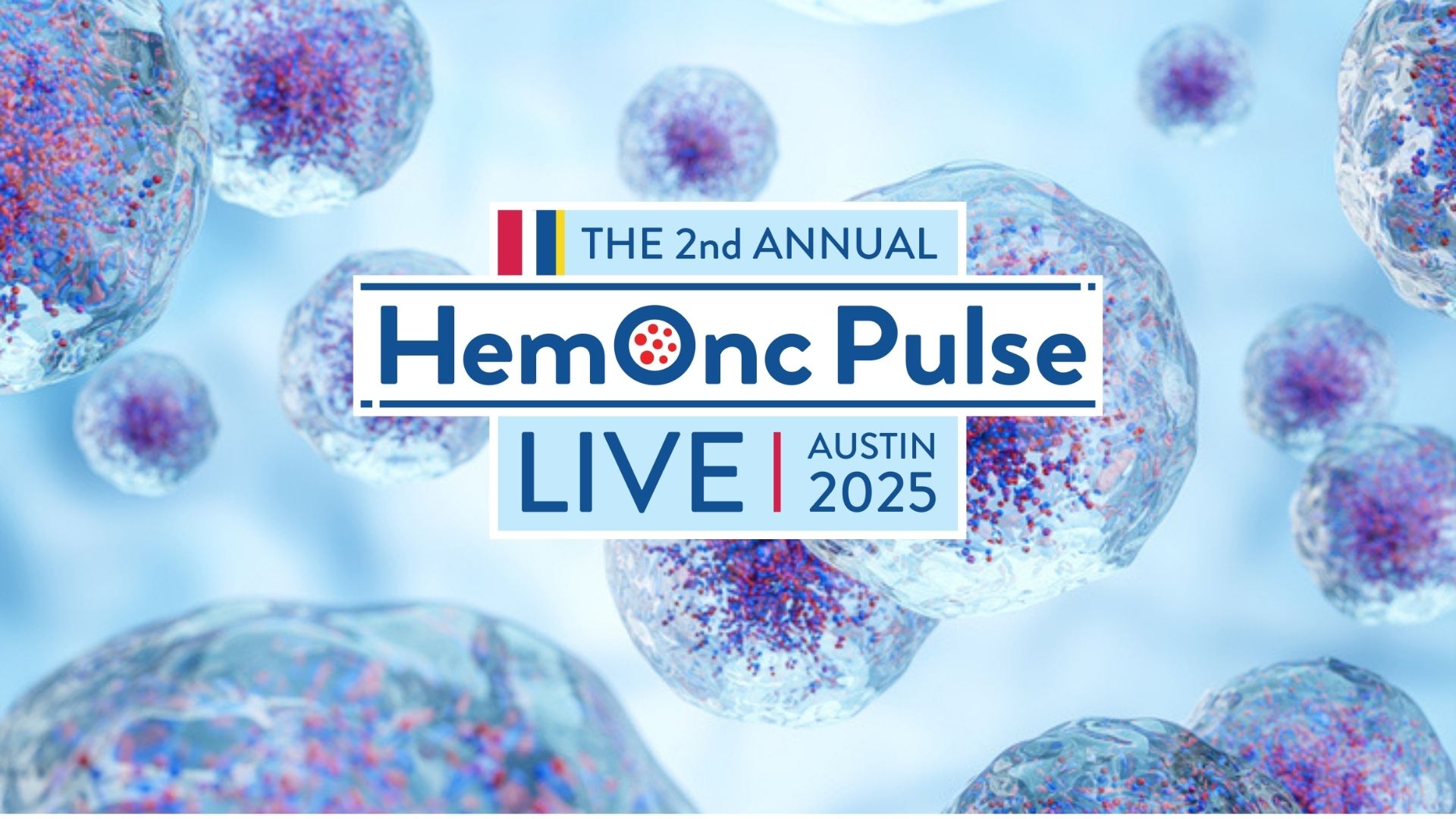
Adding blinatumomab treatment for the management of Philadelphia chromosome-B-lineage acute lymphoblastic leukemia (Ph- B-ALL) demonstrates clinical benefit, according to a recent study.
Specifically, 93% of patients became measurable residual disease (MRD) negative after the first cycle of blinatumomab.
Led by Sabina Chiaretti, MD, PhD, of the Department of Translational and Precision Medicine, Division of Hematology, in Rome, Italy, this phase II trial was designed to assess the role of blinatumomab in increasing the rate of early MRD negativity at the end of 14 weeks.
The study followed 149 adult patients at three timepoints (TP) who received dose adjustments. Two cycles of blinatumomab were added, the first after early consolidation cycle three (high-dose methotrexate and Ara-C) and the second after late consolidation cycle six.
At the end of induction (TP1, after cycles one and two), 131 patients (88%) were in complete remission (CR). However, there were significant differences in CR rates according to age: 94% in the 18–40-year cohort, 92% in the 40-55 cohort, and 64% in the >55 cohort (P<0.001).
After early consolidation (TP2), 85 patients (70%) became MRD negative. At TP3, after the first blinatumomab cycle, 102 patients (93%) became MRD negative. Eight patients remained MRD positive, including four with a KMT2A rearrangement and one with a E2A::PBX1 rearrangement.
After 36 months, overall survival (OS) was 71%, and disease-free survival (DFS) was 66% for the entire cohort. OS and DFS also significantly varied according to age: 76% and 71% for the 18-40 cohort, 74% and 62% for the 40-55 cohort, and 49% and 42% for the >55 cohort, respectively. Age (P<0.001), CR achievement (P<0.001) and TP2 MRD (P=0.002) were all significant factors for OS.
At TP2, OS and DFS were significantly superior in MRD negative versus MRD positive cases (P=0.0006 and P<0.0001, respectively). At TP3, OS and DFS were 82% and 68% for MRD negative, 80% and 70% for MRD positive, and 88% and 72% for patients lacking MRD evaluation.
Thirty relapses have occurred, including 10 Ph-like, one KMT2A, and three TCF3::PBX1 rearranged cases. Toxicity details will be provided, researchers noted.
Reference
Chiaretti S, Starza I, Santoro A, et al. Sequential chemotherapy and blinatumomab to improve minimal residual disease in adult Ph- B-lineage acute lymphoblastic leukemia. Final results of the phase II Gimema LAL2317 Trial. Abstract #826. Presented at the 65th ASH Annual Meeting and Exposition; December 9-12, 2023; San Diego, California.






 © 2025 Mashup Media, LLC, a Formedics Property. All Rights Reserved.
© 2025 Mashup Media, LLC, a Formedics Property. All Rights Reserved.